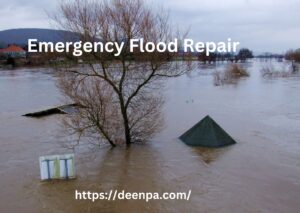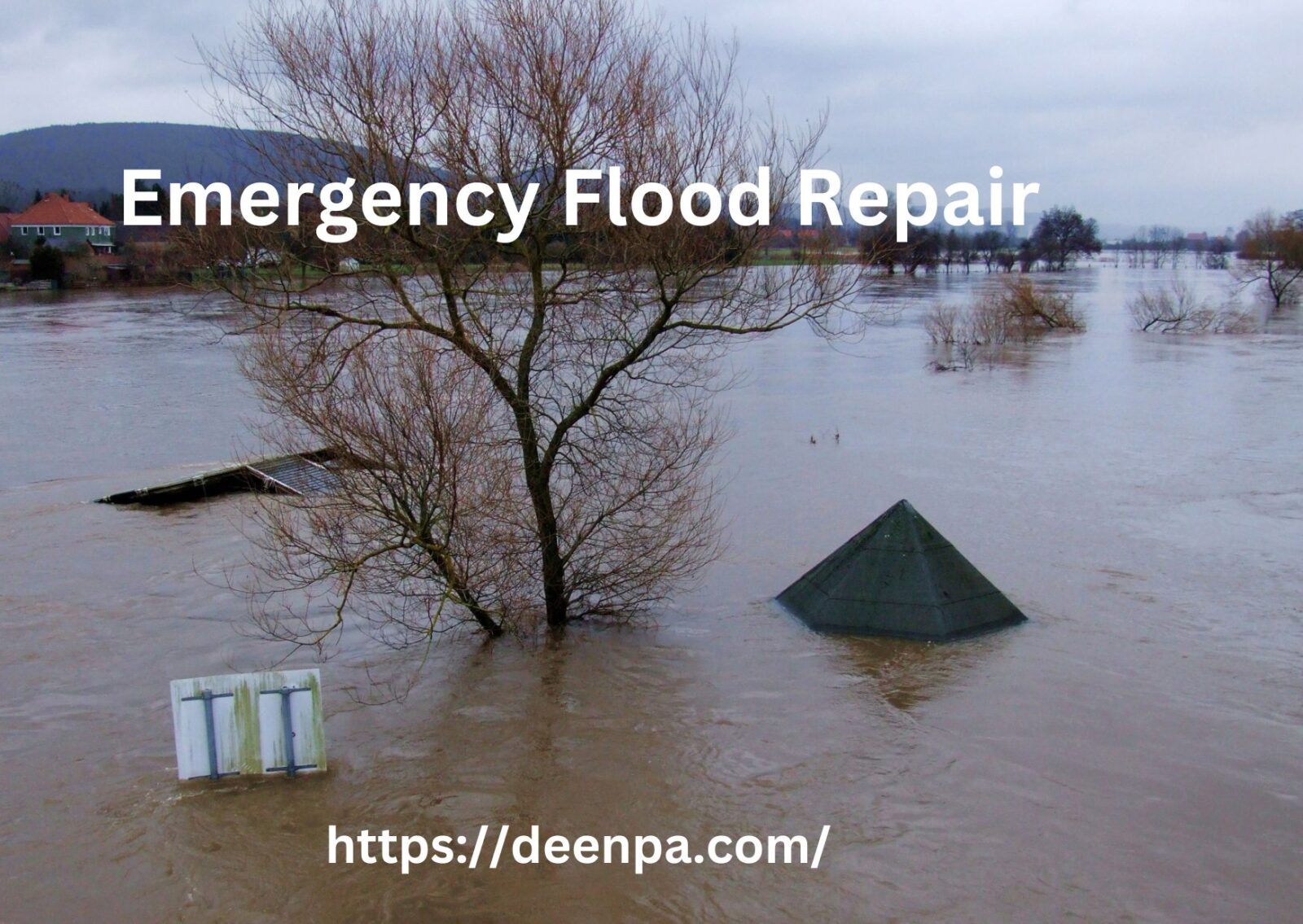Emergency Flood Repair
Has your home recently been affected by a flood? The aftermath of a flood can be overwhelming, but don’t despair. With swift action and the right knowledge, you can successfully restore your home to its former glory. In this article, we’ll guide you through the essential steps of emergency flood repair, helping you get back on your feet in no time.
Before you begin any restoration work, it’s crucial to assess the extent of the damage caused by the flood. This involves inspecting your home’s interior and exterior, documenting the damage, and prioritizing the areas that need immediate attention.
Precautions to Take
Your safety and the safety of your family should be the top priority. Ensure you turn off the main power supply and gas connection to avoid potential hazards. Wear appropriate protective gear, such as gloves and masks, before entering the flood-affected areas.
Water Extraction and Drying
Quickly removing stagnant water from your home is essential to prevent further damage and mold growth. Use pumps and dehumidifiers to extract water and thoroughly dry the affected spaces.
Mold Prevention and Remediation
Standing water and excess moisture create an ideal environment for mold to thrive. Clean and disinfect all surfaces, and use dehumidifiers to reduce humidity levels. If mold has already appeared, consult professionals for safe and effective removal.
Evaluating Structural Integrity
Floods can compromise the structural integrity of your home. Inspect the foundation, walls, and roof for any signs of damage. Address any issues promptly to ensure your home remains stable and safe.
Electrical System Inspection
Water and electricity don’t mix. Have a certified electrician examine your electrical system for potential hazards. Don’t attempt to turn on the power until you receive the all-clear.
Repairing Flooring and Carpets
Flooring and carpets often bear the brunt of flood damage. Depending on the material, you might need to replace or restore them. Dispose of water-soaked carpets to prevent mold growth.
Restoring Walls and Paintwork
Walls can absorb water and suffer structural damage. Remove water-damaged drywall and replace it. Repaint walls with mold-resistant paint to prevent future issues.
Addressing Damaged Furniture
Assess the damage to your furniture. Some pieces may be salvageable with proper cleaning and restoration, while others might need replacement.
Plumbing and Drainage Systems
Inspect your plumbing and drainage systems for blockages or leaks. Clear out debris and repair any damage to ensure proper water flow.
Kitchen and Bathroom Restoration
These areas are prone to water damage. Check cabinets, countertops, and appliances for damage. Replace or repair as necessary.
HVAC System Cleaning and Repairs
Your HVAC system could have been affected by the floodwaters. Have it inspected, cleaned, and repaired by professionals before use.
Professional Help vs. DIY
While some tasks can be handled independently, seeking professional help for complex restoration tasks is recommended. Experts have the experience and equipment to ensure thorough restoration.
Filing Insurance Claims
Contact your insurance company as soon as possible. Document all damage and keep receipts for any expenses incurred during the restoration process.
Long-term Preventive Measures
After completing the immediate repairs, take steps to prevent future flooding. Elevate electrical outlets, install sump pumps, and improve drainage systems around your property.
Conclusion
Emergency flood repair requires a systematic approach, prioritizing safety and thorough restoration. By following the steps outlined in this article, you can navigate the challenges of flood recovery and rebuild your home with confidence.
FAQs
- How soon should I start the restoration process after a flood? It’s best to begin as soon as it’s safe to do so. The quicker you act, the better chance you have of preventing further damage.
- Can I handle mold removal myself? Small areas of mold can be managed, but for larger infestations, it’s safer to consult professionals.
- Is flood damage covered by homeowner’s insurance? It often depends on the cause of the flood. Natural disasters may require additional coverage.
- What should I do if my HVAC system was submerged? Don’t use it until a professional inspects and repairs it to avoid potential hazards.
- How can I prevent future floods from causing as much damage? Elevating electrical systems, improving drainage, and using flood-resistant materials can help mitigate damage in the future.

